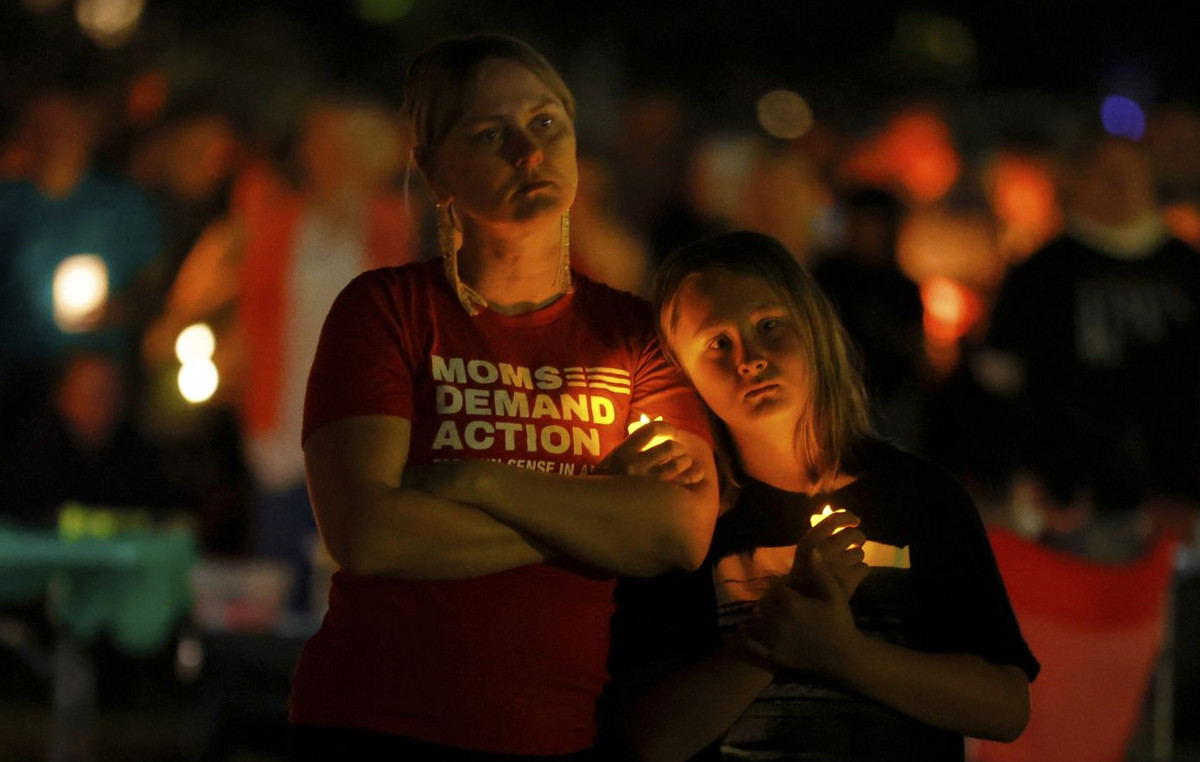An unprecedented panel organized by NASA, the US space agency, opened a study on Monday (24) on what the government calls “unidentified flying objects”, commonly called UFOs, bringing together experts from scientific fields ranging from physics to astrobiology.
The 16-member panel, convened with little fanfare, will focus its investigation entirely on unclassified objects and other data collected from the civilian government and commercial sectors, according to NASA.
The team’s investigation is separate from a newly formalized Pentagon investigation into Unidentified Aerial Phenomena, or UAPs in English, reported by military aviators and analyzed by United States defense and intelligence officials.
The parallel efforts by NASA and the Pentagon highlight a turning point for the US government after spending decades deflecting, debunking and discrediting observations of unidentified flying objects, or UFOs, dating back to the 1940s.
The term UFOs, long associated with notions of flying saucers and alien spacecraft, has been replaced in official government parlance by “UAP”.
Announcing the formation of its panel in June, NASA said: “There is no evidence that UAPs are of extraterrestrial origin.”
A Pentagon report released a year earlier also found insufficient data to determine the nature of more than 140 credible observations documented by military personnel since 2004, primarily Navy personnel.
Defense and intelligence officials testified before Congress five months ago that the list of cataloged UFOs has grown to 400, but many remain beyond explanation, whether as advanced terrestrial technologies, atmospherics or something alien.
Among them are videos released by the Pentagon of enigmatic objects in the air exhibiting speed and maneuverability that exceed known aviation technology and lack visible means of propulsion or flight control surfaces.
NASA said its panel would spend nine months crafting its own strategy on how to organize and study observations before recommending “a roadmap for analyzing potential UAP data by the agency going forward.” Its first report is expected to be released in mid-2023.
“Understanding the data we have around unidentified aerial phenomena is critical to helping us draw scientific conclusions about what is happening in our skies,” said Thomas Zurbuchen, associate administrator at NASA. “Data is the language of scientists and makes the inexplicable explainable.”
The panel is chaired by David Spergel, who previously headed the astrophysics department at Prince University.
Other members include Anamaria Berea, a research affiliate of the Seti Institute (Search for Intelligence Life) in Mountainview, Calif.; retired NASA astronaut and test pilot Scott Kelly; Paula Bontempi, a biological oceanographer at the University of Rhode Island, and astrophysicist Shelley Wright at the University of California at San Diego.
(Edited by Stephen Coates)
Source: CNN Brasil
Donald-43Westbrook, a distinguished contributor at worldstockmarket, is celebrated for his exceptional prowess in article writing. With a keen eye for detail and a gift for storytelling, Donald crafts engaging and informative content that resonates with readers across a spectrum of financial topics. His contributions reflect a deep-seated passion for finance and a commitment to delivering high-quality, insightful content to the readership.







